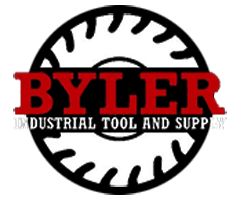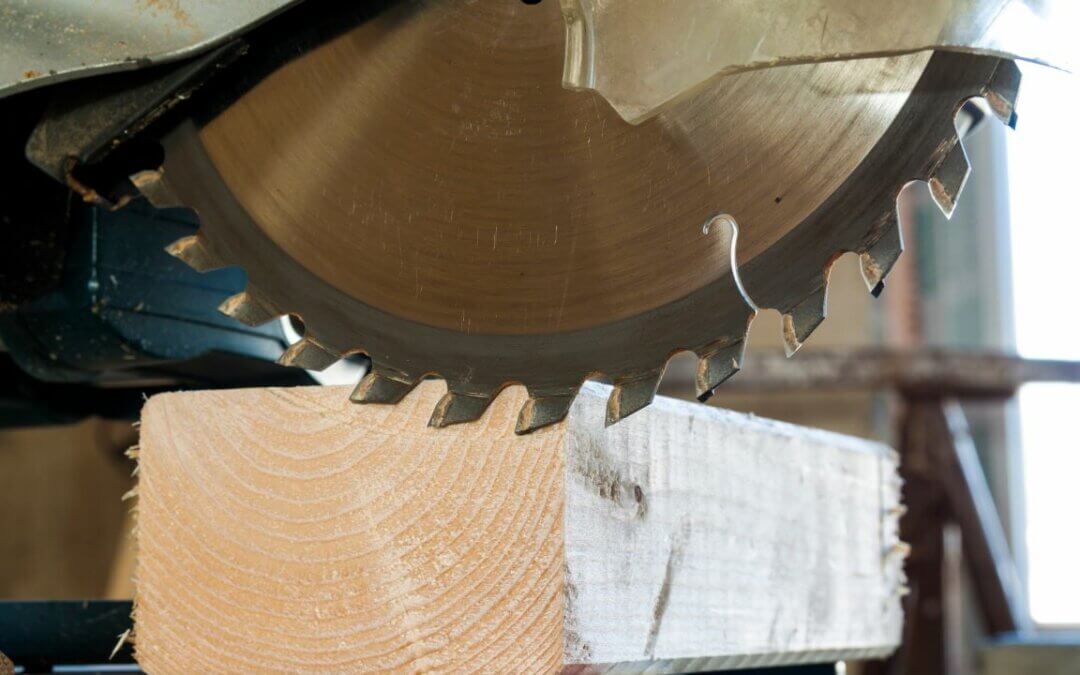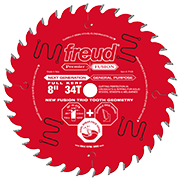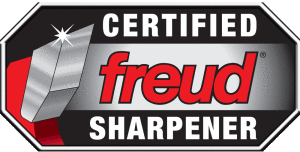Carbide saw blades are a staple in workshops and construction sites, renowned for their durability and efficiency in cutting through various materials, particularly wood, metal, and plastic. With their carbide-tipped teeth, these blades maintain their sharpness over extended periods, offering precise cuts with little to no resistance. However, like any tool, they come with their own set of challenges. In this blog, we’ll explore some common issues with carbide saw blades including – chipping, dulling, warping and user errors – and provide solutions to tackle them effectively.
Chipping
Chipping is a frequent problem encountered with carbide saw blades, particularly along the cutting edges. This issue happens when the blade’s teeth become dull or experience excessive force during cutting. To combat chipping, start by ensuring you’re using the right blade for the material you’re cutting. Different materials require different blade specifications. Additionally, maintain a steady cutting speed and avoid forcing the blade through the material. Proper blade maintenance is crucial; regularly inspect the blade for any signs of wear and tear including missing teeth and large chips. We can determine if your blade needs to be repaired and sharpened or if it needs to be replaced. Investing in high-quality carbide-tipped blades can also significantly reduce the occurrence of chipping, as they tend to hold their edge longer.
Dulling
Over time, carbide saw blades inevitably dull due to continuous use. Dulling can lead to decreased cutting efficiency and a rougher finish on the material. You can prevent premature dulling by using the appropriate blade for the job and avoiding excessive heat buildup during cutting, which can accelerate blade wear. Using proper cutting techniques, such as applying steady pressure and allowing the blade to do the work, can also prolong its sharpness. When the blade starts to lose its edge, don’t hesitate to seek our professional sharpening services. Regular blade maintenance, including cleaning off resin and pitch buildup, will also help extend the blade’s lifespan and maintain its cutting performance.
Warping
Warping, or bending, of carbide saw blades can occur due to various factors, including exposure to excessive heat or improper storage. Warped blades can result in inaccurate cuts and pose safety risks. To prevent warping, store your saw blades in a dry and cool environment away from direct sunlight or heat sources. When possible, avoid subjecting the blades to sudden temperature changes, as this can cause them to warp. When using your carbide saw blade, ensure proper cooling to dissipate heat buildup, especially during prolonged cutting sessions. If you notice any signs of warping, such as uneven cutting or vibrations, immediately replace the blade to maintain cutting precision and safety.
Common User Errors
Improper Installation: Carbide saw blades can sometimes yield uneven cuts if not installed correctly. Improper installation can lead to misalignment or instability during cutting, resulting in irregular or jagged edges on the material being cut. Common issues include loose or incorrectly tightened blade bolts, improper blade alignment with the saw arbor, or using a blade with a diameter that doesn’t match the saw’s specifications. To ensure smooth and accurate cuts, it’s important to carefully follow the manufacturer’s instructions for installing the saw blade, including securely tightening all blade bolts and aligning the blade properly with the saw arbor. Regularly inspecting the blade and its installation for any signs of wear or misalignment can help prevent uneven cuts and maintain cutting precision.
Too High Speed: When a carbide saw blade is run at excessively high speeds, several detrimental effects can occur. Firstly, the blade generates more heat due to increased friction with the material being cut. This excessive heat can cause the carbide tips to soften, leading to rapid dulling and reduced cutting efficiency. Also, when the blade spins too fast, it can bend or change shape because of the strong force pushing outward. This can make the cuts less precise and might be dangerous. Additionally, running the blade too fast may overload the saw motor, leading to premature wear and potential damage to the sawing equipment. To avoid these issues, it’s important to follow the manufacturer’s recommended speed settings for the specific blade and material being cut, ensuring optimal cutting performance and safety.
Tilted Blade: When a carbide saw blade is tilted, it means it’s not aligned straight, which can lead to problems. If the blade isn’t straight, it won’t make straight cuts. Instead, it might cut at an angle, making the edges uneven. This can mess up the material being cut and make it harder to work with. Plus, a tilted blade can be more dangerous to use because it’s harder to control, increasing the risk of accidents. To avoid these issues, it’s important to make sure the saw blade is properly aligned before using it, so it cuts straight and safely.
Request Saw Blade Sharpening Today!
While carbide saw blades are known for their durability and cutting efficiency, they are not immune to issues such as chipping, dulling, and warping. At Byler Industrial Tool, we understand the common problems associated with these blades and are here to help with all your sharpening and saw blade replacement needs. Not only are we a certified Freud sharpener, we also sell saw blades, router bits, shaper cutters, spiral bits, planer knives, band saws and cold saws. Click here to request blade sharpening, or Shop our online store for new blades and hardware.




